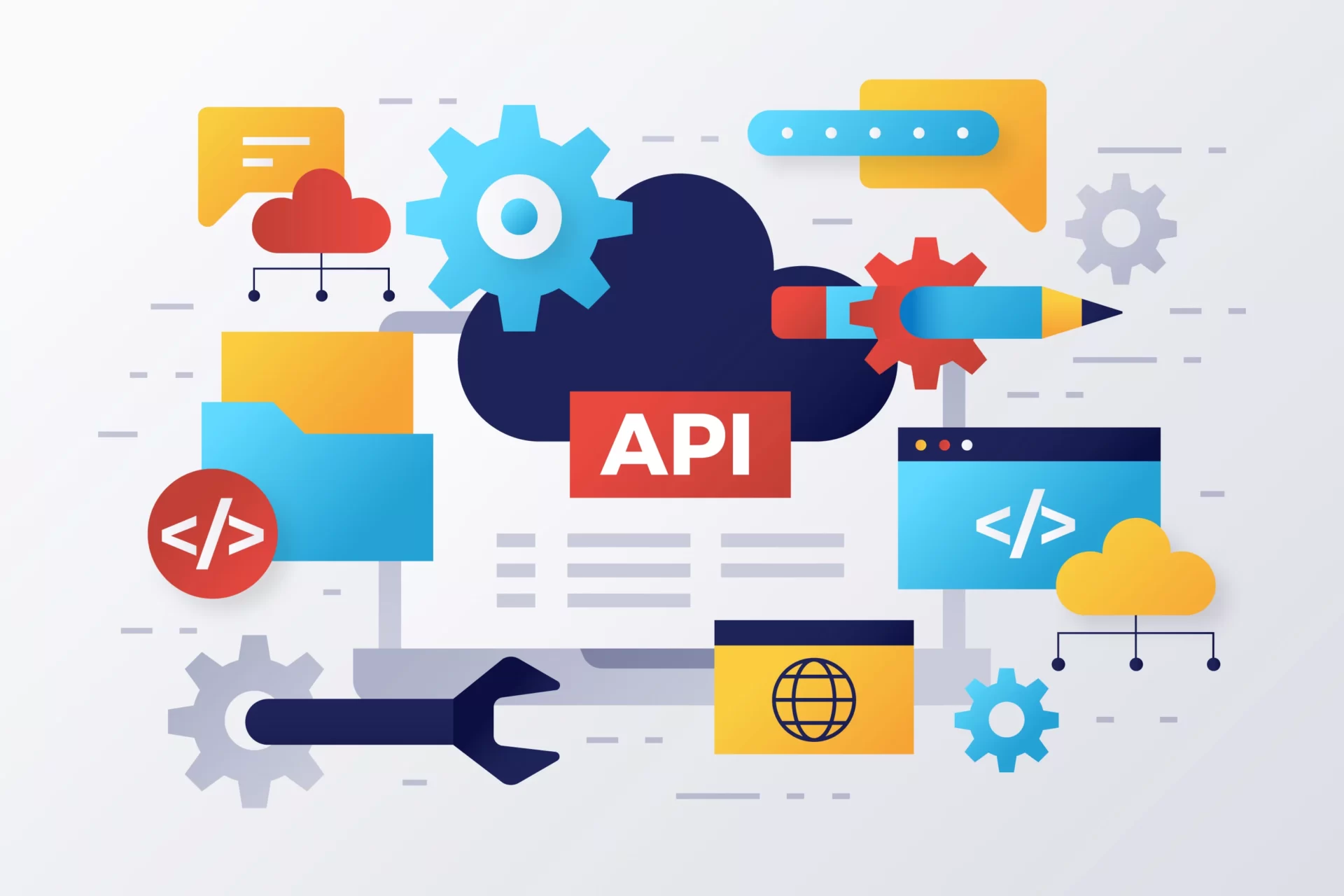In today’s digital landscape, API development services have become an essential component for building modern software applications. With the growing importance of APIs, it’s crucial for tech enthusiasts to understand the key principles of API design, integration, and best practices. This comprehensive guide will dive deep into API development, covering everything from design principles, development processes, security, and future trends. Let’s begin.
I. Introduction
API development services are vital in connecting different software components and enabling efficient sharing of data and resources. As the demand for API integration rises, understanding its fundamentals is necessary for any application development agency like Daillac to provide effective solutions.II. API Design Principles
There are several approaches for designing APIs, each with their pros and cons. In this section, we’ll discuss three popular designs: RESTful, GraphQL, and SOAP.1. RESTful API Design
Representational State Transfer (REST) is a design approach that uses HTTP methods for communication and focuses on resources. Key aspects include:- Stateless communication
- Client-Server architecture
- Cacheability
- Layered system
- Uniform interface
2. GraphQL Design
Developed by Facebook, GraphQL is a query language for APIs that focuses on client needs in gathering data. Major features include:- Flexible data retrieval
- Strong type system
- Real-time updates
- Introspection
3. SOAP Design
Simple Object Access Protocol (SOAP) is an XML-based protocol for exchanging structured data. Key aspects include:- Extensibility
- Transport neutrality
- Strong typing
- Standardized error handling
III. API Development Process
Now let’s delve into the stages of API development, from requirements gathering to documentation.1. API Requirements Gathering
Identify the purpose, goals, and target audience for your API. By understanding these aspects, you can better tailor your API to fulfill specific needs.2. API Design and Specifications
Choose a design approach and create your API specifications, which include endpoints, request methods, and response formats. Consider the use of an API description language like OpenAPI or RAML to facilitate the process.3. Implementation of API Endpoints
With the specifications in place, develop your API using a suitable programming language and framework. Ensure that the implemented endpoints adhere to the specified design and functionality.4. Testing and Debugging
Test your API rigorously to identify any bugs, security flaws, or performance issues. Use tools like Postman or SoapUI to simulate requests and monitor responses.5. API Documentation and Versioning
Create comprehensive documentation to guide developers in API consumption. Implement a versioning system to manage updates and maintain backward compatibility for existing users.IV. API Security and Best Practices
API security is paramount to protect data and ensure system stability. Here, we’ll explore essential practices to safeguard your API.1. Authentication and Authorization
Implement robust authentication and authorization mechanisms, such as OAuth 2.0 or JWT, to control access to your API’s resources.2. Rate Limiting and Throttling
Apply rate limiting and throttling to prevent abuse, maintain service quality, and optimize resource usage.3. Data Validation and Error Handling
Validate input data to mitigate potential vulnerabilities and provide clear, informative error messages for developers consuming your API.4. Monitoring and Logging
Monitor API usage, performance, and errors to identify potential issues and maintain optimal service levels.V. API Integration Methods and Techniques
There are various ways to integrate APIs with your application. Let’s discuss three common methods.1. SDKs and Libraries
Software Development Kits (SDKs) and libraries facilitate API integration by providing pre-built functionality in a specific programming language.2. Webhooks
Webhooks enable real-time communication between applications by sending notifications when specific events occur.3. Real-time API Integration with WebSockets and Server-Sent Events
WebSockets and Server-Sent Events (SSE) allow for real-time data exchange between the client and server, enabling more dynamic and responsive applications.VI. Popular API Development Tools and Platforms
Various tools and platforms can aid in API development and management. Some popular choices include:- Apigee – API management platform
- Postman – API testing and development tool
- Swagger – API documentation and design tool
VII. Challenges of API Development and Integration
API development and integration come with their share of challenges, such as:- Scalability and performance
- Maintaining backward compatibility
- Dealing with third-party API dependencies
VIII. Future Trends in API Development Services
As APIs continue to evolve, upcoming trends and technologies include:- Microservices and API-driven architecture
- API standardization and the role of OpenAPI
- AI-powered API tools and automation
IX. Conclusion
In conclusion, API development services are an indispensable aspect of modern software development. This comprehensive guide has provided insights into API design principles, development processes, security, integration techniques, and future trends. With this knowledge, tech enthusiasts can confidently navigate the world of API development and integration, creating innovative solutions for their users.
Frequently Asked Questions
- Why are APIs important?
- APIs enable communication between different software components and facilitate data and resource sharing, making them crucial for modern application development.
- What are some popular API design approaches?
- REST, GraphQL, and SOAP are three popular API design approaches, each with its own strengths and weaknesses.
- What tools can aid in API development?
- Tools like Apigee, Postman, and Swagger can help developers with API management, testing, and documentation.

